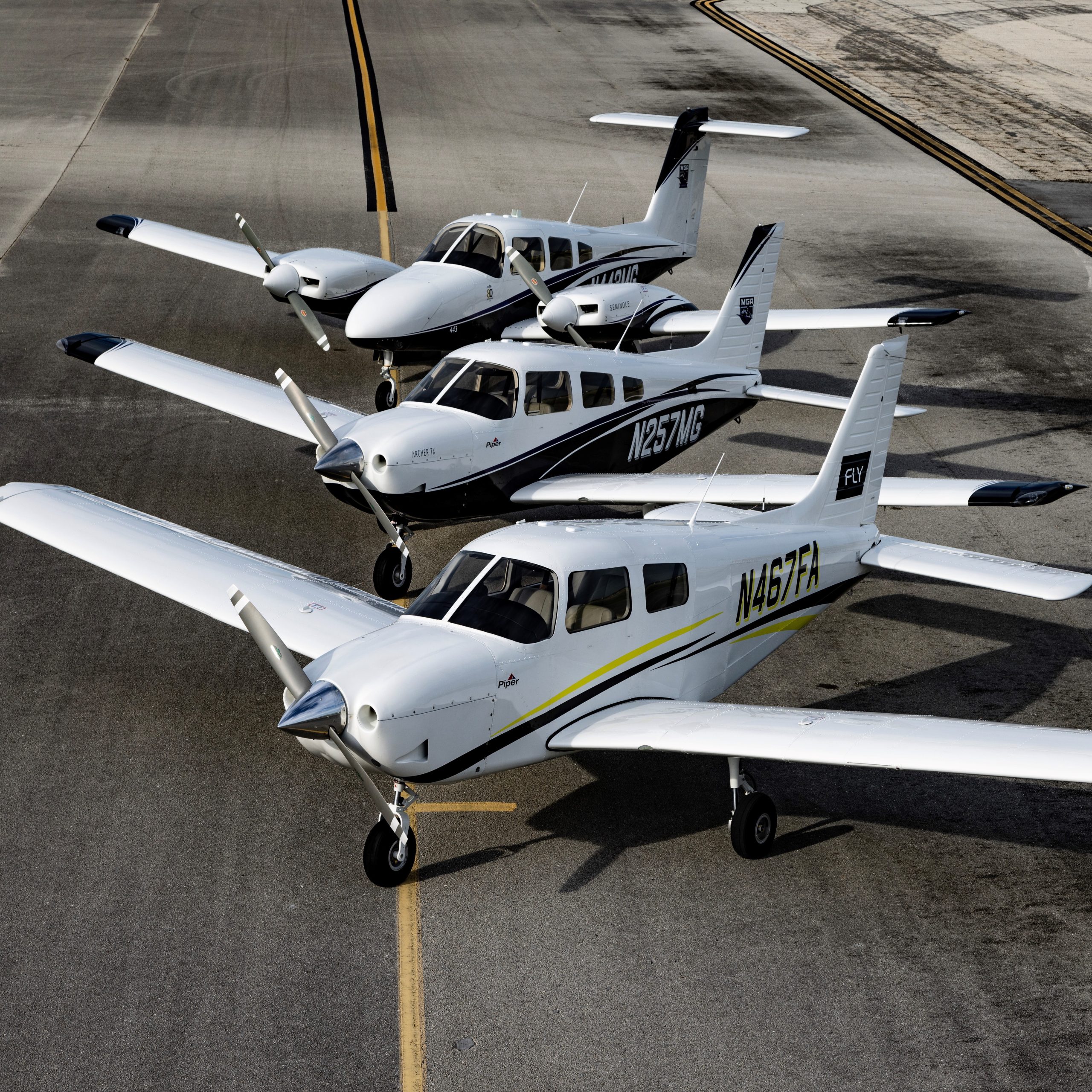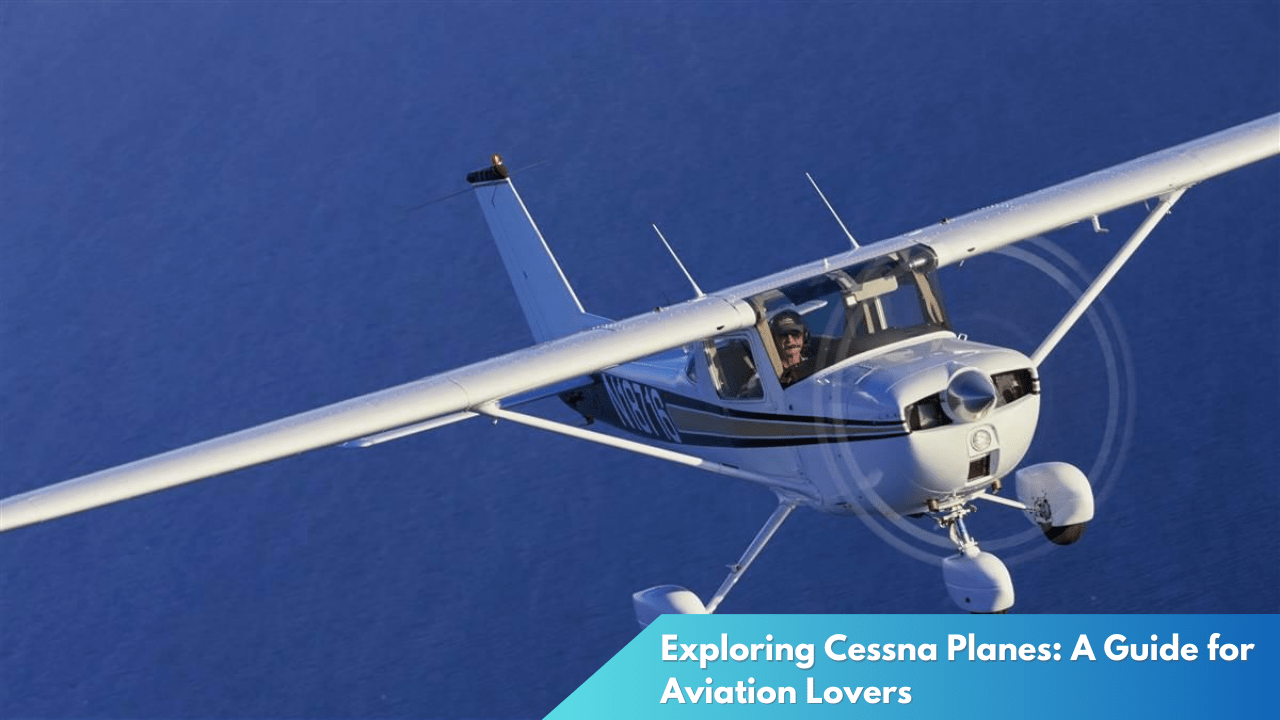Exploring the Legacy and Advances of Piper Seminole
The Piper Seminole, a staple in aviation training and education, has captured the attention of aspiring pilots and aviation enthusiasts alike since its inception. As a twin-engine aircraft celebrated for its reliability and performance, the Seminole’s storied history and modern advancements continue to solidify its esteemed position in the aviation sector. This article explores the enduring legacy and recent advancements of the Piper Seminole, illuminating its impact on the aviation world.
Unveiling the Piper Seminole: A Legacy in Aviation
The Piper Seminole first took to the skies in the late 1970s, quickly earning a reputation as a dependable and effective training aircraft. Designed with the needs of flight schools in mind, the Seminole emerged as an ideal platform for aspiring pilots to acquire multi-engine skills. Its introduction marked a significant milestone for Piper Aircraft, as it filled a crucial niche in the aviation training market. With its robust construction, straightforward design, and forgiving flight characteristics, the Seminole became a favored choice among flight instructors and students alike.
A critical part of the Seminole’s legacy lies in its contribution to pilot education. As a twin-engine trainer, the aircraft offers a practical transition from single-engine trainers, providing students with the opportunity to learn and master the complexities of multi-engine flight. The Seminole’s consistent performance and reliability allow for a safe and effective training environment, which has resulted in thousands of pilots around the world earning their multi-engine rating aboard this aircraft. The aircraft’s influence is evident in the success stories of countless aviators who have transitioned from student to professional using the skills acquired in the Seminole.
The Piper Seminole’s enduring popularity is also a testament to its adaptability and resilience in the face of technological advancements and evolving training methodologies. Over the years, the aircraft has undergone various updates and modifications to maintain its relevance and compliance with modern safety standards. Despite these changes, the Seminole has retained its core attributes of simplicity, reliability, and effectiveness, ensuring its continued use in flight training programs globally. The aircraft’s legacy is thus cemented not only by its historical significance but also by its ongoing contribution to pilot training and development.
Modern Enhancements Elevate the Seminole’s Status

In recent years, the Piper Seminole has undergone a series of modern enhancements that have further elevated its status in the aviation industry. These advancements are driven by the need to incorporate cutting-edge technology and improve operational efficiency while continuing to provide a reliable training platform. One of the most notable upgrades is the integration of advanced avionics systems, such as the Garmin G1000 NXi suite, which offers enhanced situational awareness, safety features, and ease of use for pilots in training.
The introduction of these state-of-the-art avionics has transformed the training experience, equipping student pilots with the tools they will encounter in modern commercial and private aviation. The G1000 NXi suite, for example, provides real-time engine performance monitoring, traffic avoidance systems, and intuitive flight planning capabilities. These enhancements not only improve the safety and efficiency of training flights but also better prepare students for the technological demands of contemporary aviation. This alignment with industry standards ensures that the Seminole remains a relevant and valuable asset in flight training.
Another significant area of advancement for the Piper Seminole is in its environmental performance. Recent models have seen improvements in fuel efficiency and emissions reduction, addressing the growing importance of sustainability in aviation. These efforts underscore Piper Aircraft’s commitment to innovation and environmental responsibility, ensuring that the Seminole continues to meet the demands of modern flight training while minimizing its ecological footprint. As a result, the aircraft remains a preferred choice for training institutions seeking to provide high-quality education while adhering to evolving environmental standards.
The Piper Seminole’s legacy in aviation is marked by its longstanding role as a premier multi-engine training aircraft. Its continued evolution through modern enhancements ensures its place in the future of pilot education. By adapting to technological advancements and addressing environmental concerns, the Seminole maintains its relevance and stature in an ever-changing industry. As flight schools and budding aviators continue to rely on the Seminole for their training needs, its legacy of excellence and innovation is set to endure for generations to come.




